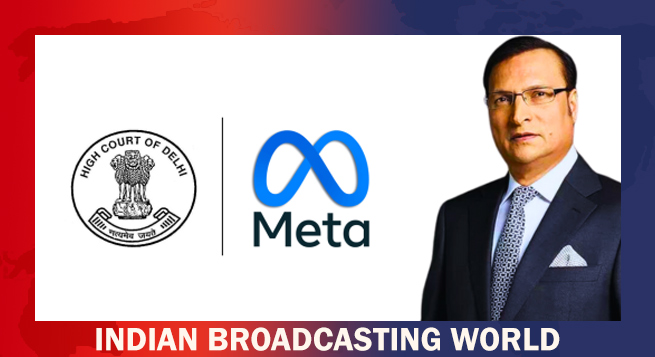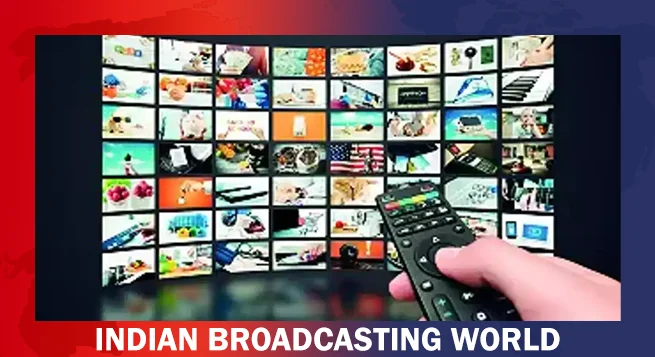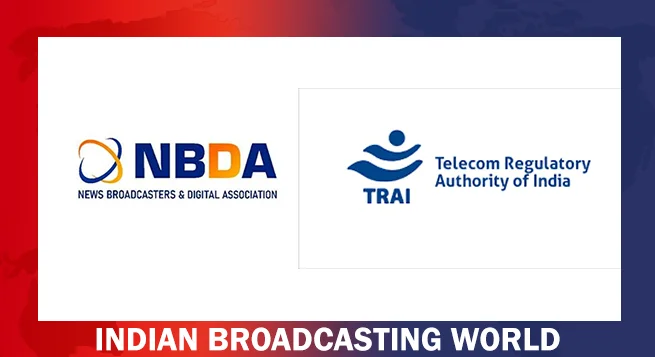The next spectrum auction will be a “limited auction”, one that is significantly smaller than the previous round, Communications Minister Ashwini Vaishnaw said on Thursday. The government is “moving fast” on it, he asserted.
“The spectrum auction will be a limited auction because already a large part of the spectrum which was required by the industry was auctioned last year, but every financial year we are trying to have one auction,” PTI reported.
According to him, the government is working on a proposal where based on requirements, wherever smaller chunks were left out, those will be put to auction.
“Obviously this will not be as big as the last one. This will be a very small…significantly smaller compared to the last one,” the minister said.
It is pertinent to mention here that telcos have adequate spectrum from past auctions and hence the demand will mainly be limited to radiowaves that are up for renewal in select circles.
To another question on allocation on PLI 2.0 scheme for IT hardware being pegged at Rs 75 crore for FY25, the minister said the actual allocation for a particular scheme is based on the projections made by the applicants of PLI.
“The production has started in about 32 units and…we recently had an announcement from Samsung. So people are very enthusiastic about IT hardware,” the minister said as he briefed media on the interim Budget announcements.
Vaishnaw said that during his recent visit to Davos, people he met from industry were keen to set up mega manufacturing clusters.
“So the kind of enthusiasm which is there and the way our component ecosystem is now growing, that is clearly defining that electronics manufacturing is at an inflection point,” he noted.
On outlay for semiconductor development being pegged at Rs 6,903 crore for FY25, Vaishnaw said the progress of the first unit has been good and the first chip is likely to roll out in December 2024.
“Basis this, my recent interactions with industry leaders in Davos was that people have a huge confidence. The first plant from the day of announcement to the day of construction has been under 90 days. The clarity of policy has been noticed, the ability to execute a project of this complexity has been noticed too,” he said, adding that this has raised investor confidence and trust in India.
Today, the world is looking for the “trust shoring” as a construct, the minister said, adding India is a trusted country.
“It has clearly emerged that India is a trusted geography, a trusted country. That is why there are so many people who would like to ship their manufacturing base to India…not only for electronics, but even pharmaceuticals, chemicals, engineering goods, power systems…even food processing…people want to set up their base here,” the minister said.
The trust factor on semiconductor manufacturing in India is “significantly higher”, the minister said promising more announcements are in the offing.
On import duty cuts notified by the finance ministry on January 30 on mobile phone components (to 10 per cent), the minister observed that a component duty structure has undergone a simplification.
“The thought process is that from import substitution we have to move to export-led growth…import substitution phase is practically over now, as 99 per cent mobiles are now Made-in-India,” he said.
The country is now focusing on developing the component ecosystem in a very major way.
“And for that the rationalisation of duty structure is needed. Because for different components we can’t have different duties, as it will lead to interpretation issues. That is why the rationalisation exercise has started,” Vaishnaw said.
 Delhi HC orders meta to remove deepfake videos of Rajat Sharma
Delhi HC orders meta to remove deepfake videos of Rajat Sharma  Govt. blocked 18 OTT platforms for obscene content in 2024
Govt. blocked 18 OTT platforms for obscene content in 2024  Broadcasting industry resists inclusion under Telecom Act
Broadcasting industry resists inclusion under Telecom Act  DTH viewing going down & a hybrid ecosystem evolving: Dish TV CEO
DTH viewing going down & a hybrid ecosystem evolving: Dish TV CEO  New adventure of detective Feluda debuts on Hoichoi Dec. 20
New adventure of detective Feluda debuts on Hoichoi Dec. 20  ‘Pushpa 2’ breaks records as most watched film of 2024: BookMyShow Report
‘Pushpa 2’ breaks records as most watched film of 2024: BookMyShow Report  Hungama OTT unveils ‘Pyramid’
Hungama OTT unveils ‘Pyramid’  Amazon MX Player to premiere ‘Party Till I Die’ on Dec 24
Amazon MX Player to premiere ‘Party Till I Die’ on Dec 24  aha Tamil launches ‘aha Find’ initiative with ‘Bioscope’
aha Tamil launches ‘aha Find’ initiative with ‘Bioscope’  Netflix India to stream WWE content starting April 2025
Netflix India to stream WWE content starting April 2025 








